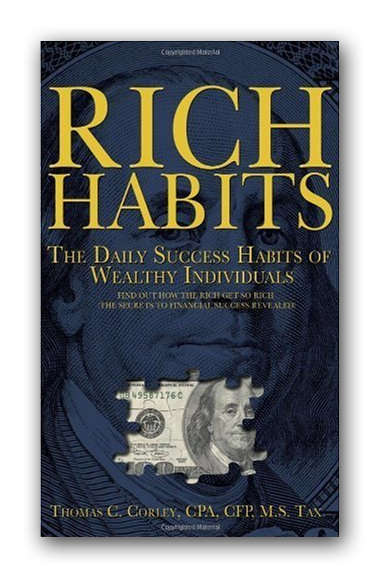 If you’re pursuing success, there are many things that are outside your control. These unexpected consequences of pursuing success show up in the form of obstacles, pitfalls, incorrect assumptions, unexpected delays, higher expenses, recessions or other economic downturns, people who don’t deliver, etc.
If you’re pursuing success, there are many things that are outside your control. These unexpected consequences of pursuing success show up in the form of obstacles, pitfalls, incorrect assumptions, unexpected delays, higher expenses, recessions or other economic downturns, people who don’t deliver, etc.
But there is one thing that is completely within your control and if you convert that one thing into a habit, it will give you a measure of control over your life and an edge over your competition.
What if I told you that that singular 22 minute a day habit could:
- Extend your life
- Improve memory
- Increase your IQ
- Reduce disease
- Improve mental health
- Improve brain health and
- Reduce stress
With all of those benefits, would you say that it was a habit worth having?
The answer is obviously yes.
A recent study by The Journal of the American Medical Association found that 150 minutes a week of aerobic exercise, just under 22 minutes a day, produced those benefits listed above.
A study by the University of British Columbia also found that daily aerobic exercise boosts the size of the hippocampus, the brain area involved in verbal memory and learning.
Other studies have linked daily aerobic exercise to reduced stress, decreasing the production of cordial (stress hormone) and, thus, the risk factors associated with cancer, Type II Diabetes and cardiovascular disease.
Is 22 minutes a day too much to ask for a better brain and a longer, healthier, happier life?
It’s your life. Take control of what you can control.










